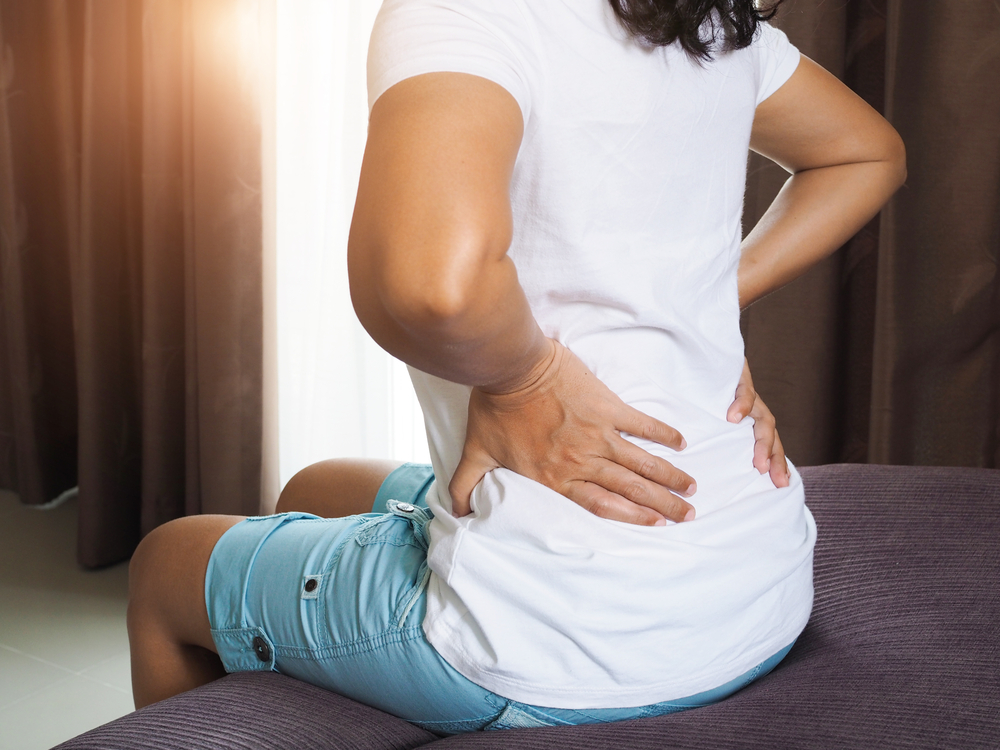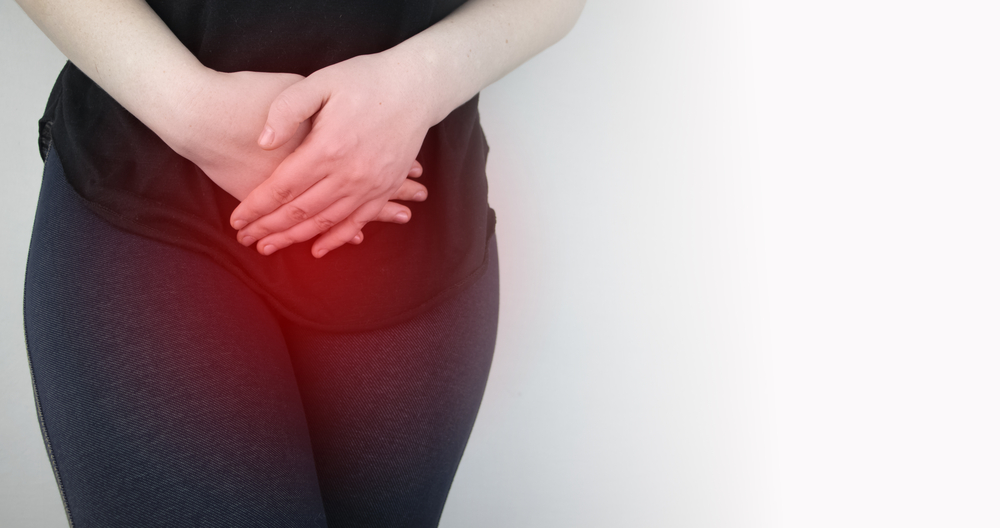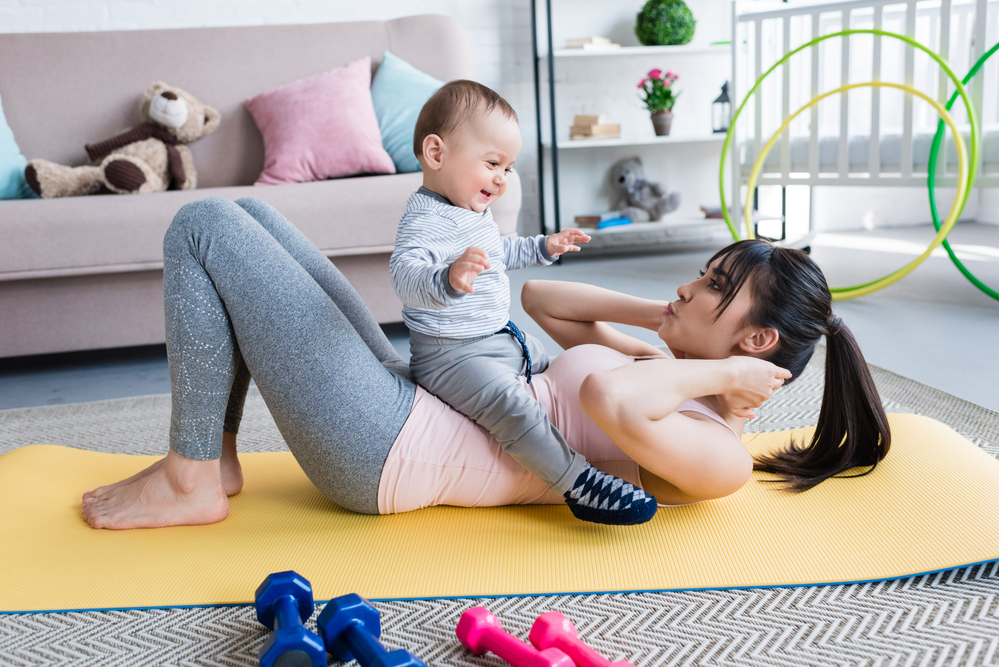 ● 45 minutes
● 45 minutesPelvic Floor Therapy for Women
Pelvic rehabilitation physiotherapy focuses on treating issues related to the pelvic floor, which can include conditions such as pelvic pain, incontinence, pelvic organ prolapse, and sexual dysfunction. The goal is to improve pelvic floor function, alleviate symptoms, and enhance overall quality of life.
If you are experiencing occasional or chronic pelvic pain, then physiotherapy can help you manage or eliminate your pain and symptoms. Pain can occur during your menstrual cycle, during pregnancy, after giving birth, after surgery or even due to underlying conditions such as endometriosis, postpartum pain, urinary incontinence (leakage), constipation, etc.
In Ayursh, we have customized pelvic rehabilitation therapy which can relieve your pain. It consists of exercise for improving posture and strengthening pelvic floor muscles that affect posture, a myofascial exercise that targets pelvic floor muscles and connective tissue in order to target painful trigger point.
1. Pelvic Floor Muscle Exercises. Purpose: Strengthen and coordinate the pelvic floor muscles to improve function and control. Techniques: Kegel Exercises: Procedure: Involves contracting and relaxing the pelvic floor muscles. The patient should identify the correct muscles (often those used to stop the flow of urine) and practice squeezing and holding for a few seconds before relaxing. Frequency: Typically performed several times a day. Progressive Resistance Exercises: Procedure: Gradually increasing the resistance or intensity of pelvic floor exercises to build strength and endurance. Benefits: Reduces urinary and fecal incontinence, improves sexual function, and supports pelvic organ health.
2. Biofeedback. Purpose: Provide real-time feedback on muscle activity to improve muscle control and awareness. Procedure: Application: Electrodes or sensors are placed on the skin or inside the body to measure pelvic floor muscle activity. Feedback: Patients receive visual or auditory feedback on their muscle contractions and relaxations, which helps them learn to control these muscles more effectively. Benefits: Enhances muscle awareness, helps in correctly performing pelvic floor exercises, and improves overall muscle function.
3. Manual Therapy. Purpose: Address pelvic pain, muscle tension, and dysfunction through hands-on techniques. Techniques: Myofascial Release: Procedure: Gentle, sustained pressure is applied to the fascia (connective tissue) to relieve tension and improve flexibility. Internal Pelvic Floor Therapy: Procedure: A trained therapist performs gentle internal palpation (examination) and massage of the pelvic floor muscles to release tension and improve muscle function. Scar Tissue Mobilization: Procedure: Techniques to address and improve the flexibility and mobility of scar tissue following pelvic surgery or trauma. Benefits: Reduces pain, improves muscle function, and increases range of motion.
4. Postural and Functional Training. Purpose: Improve overall body mechanics and support pelvic floor function. Techniques: Postural Training: Procedure: Educates patients on proper posture and body alignment to reduce strain on the pelvic floor muscles. Functional Training: Procedure: Incorporates pelvic floor exercises into functional activities, such as lifting, bending, or sitting, to improve real-life application. Benefits: Enhances overall body mechanics, reduces strain on the pelvic floor, and improves daily functional activities.
5. Pelvic Floor Relaxation Techniques. Purpose: Help manage pelvic pain and muscle tension by promoting relaxation. Techniques: Deep Breathing Exercises: Procedure: Focuses on slow, deep breaths to relax the pelvic floor muscles and reduce tension. Progressive Muscle Relaxation: Procedure: Involves tensing and then relaxing different muscle groups to promote overall muscle relaxation. Benefits: Reduces muscle tension, alleviates pelvic pain, and improves overall comfort.
6. Behavioral and Lifestyle Modifications. Purpose: Address factors that contribute to pelvic floor dysfunction. Techniques: Bladder Training: Procedure: Establishing a regular schedule for urination and gradually increasing the time between bathroom visits to improve bladder control. Dietary Modifications: Procedure: Advising on dietary changes to reduce symptoms, such as increasing fiber intake to prevent constipation or avoiding irritants. Benefits: Supports overall pelvic health and reduces symptoms of pelvic floor dysfunction.




